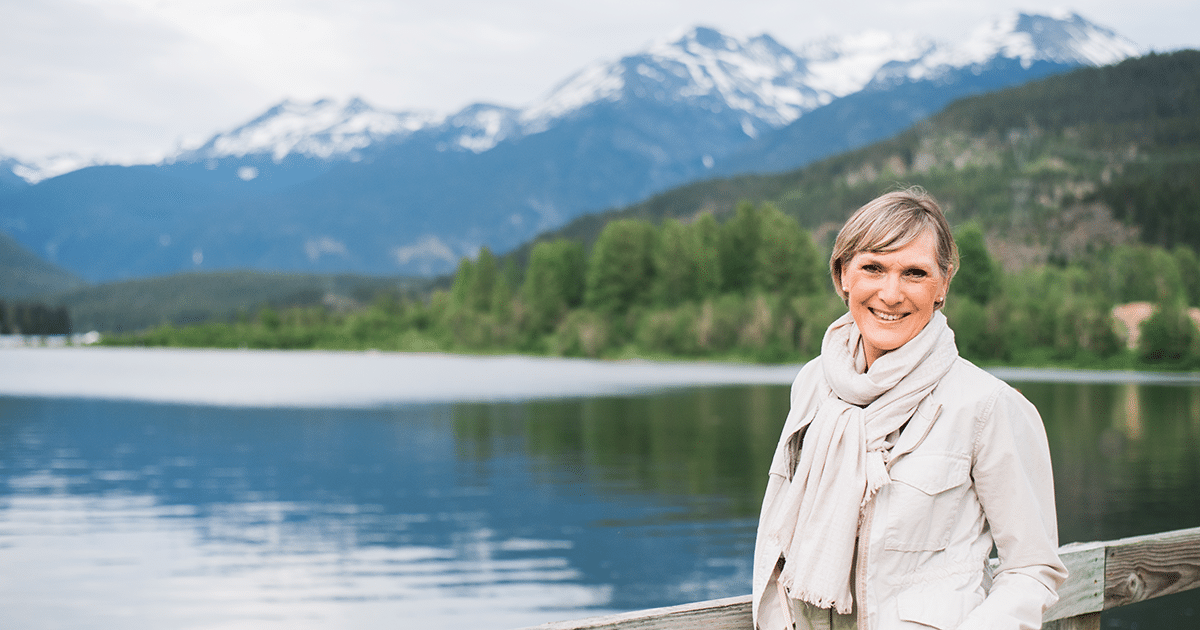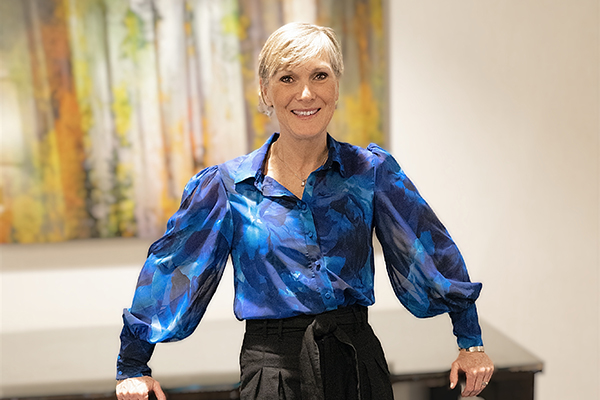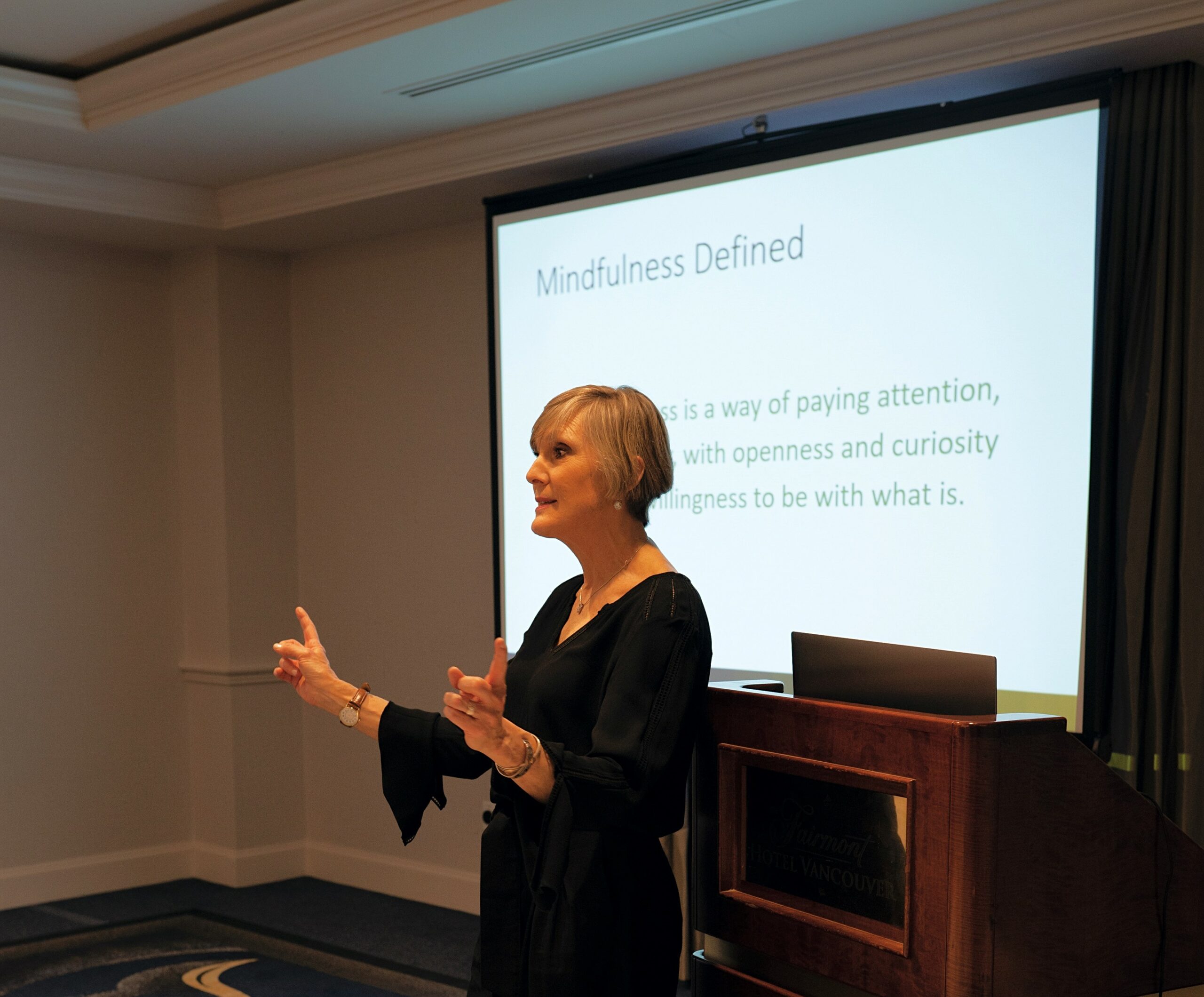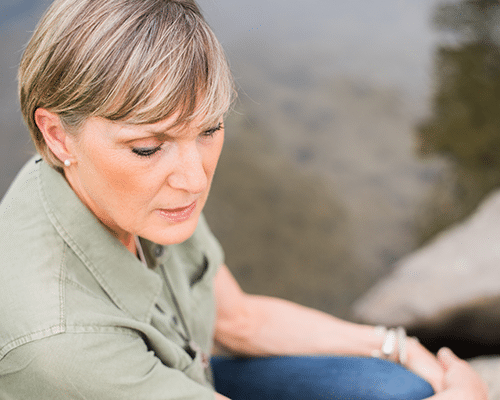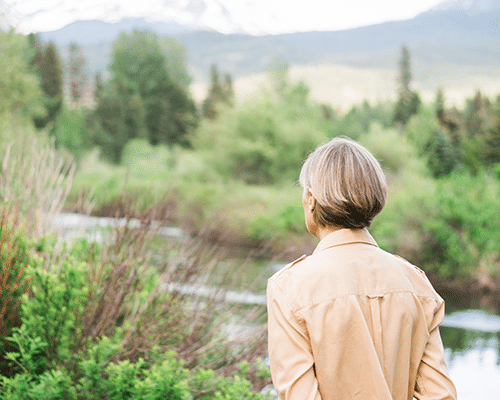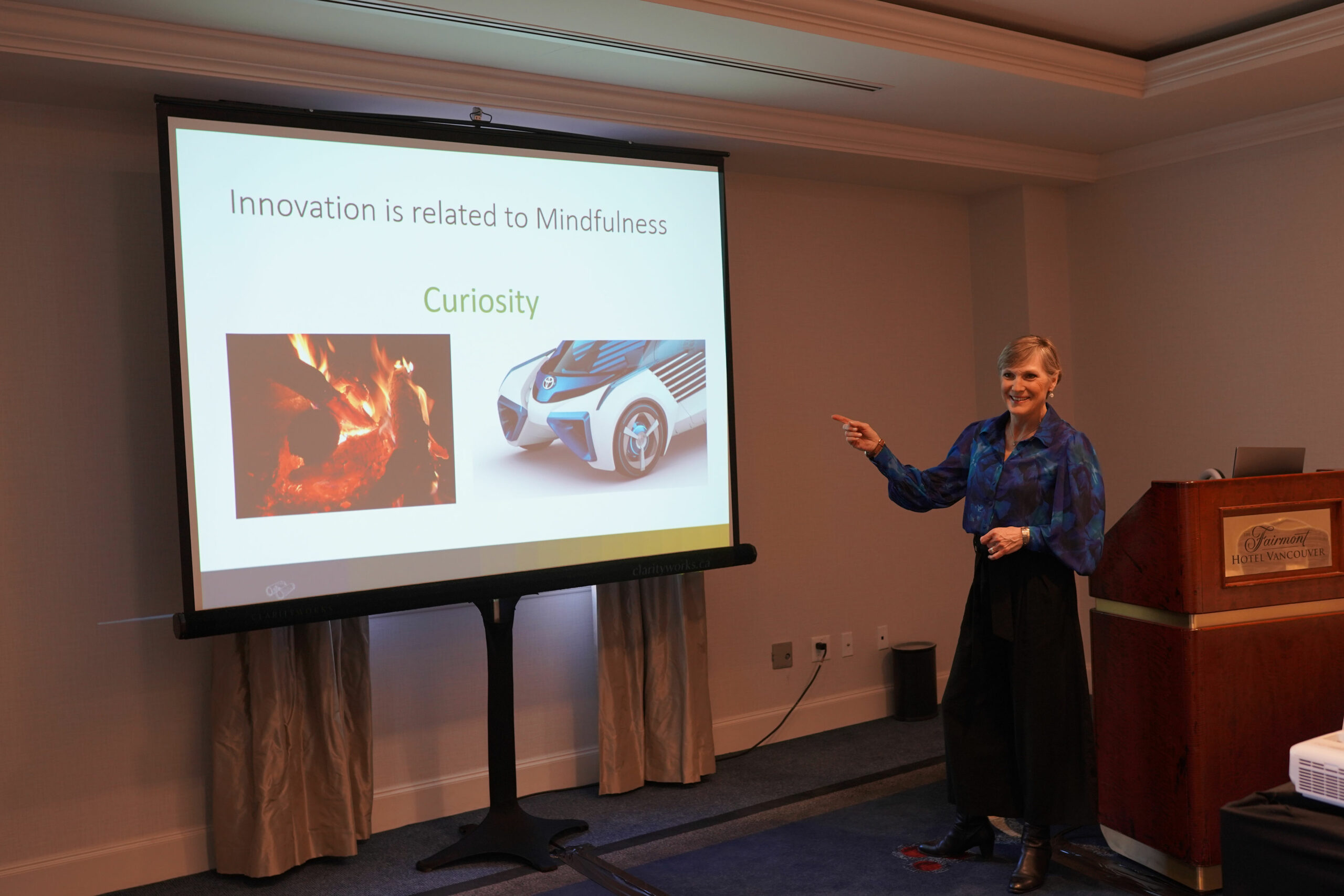Resilience is often thought of as demonstrating strength, grit, and the ability to power through challenges. True resilience, especially in leadership, is about so much more. When we navigate through change and adversity, we do more than just bounce back; we are forever changed. Being resilient is about building a foundation that allows us to thrive—alongside the good times and the tough ones.
In my experience working with leaders, I’ve seen firsthand that resilience isn’t something you’re born with; it’s something you cultivate. It requires a commitment to curiosity, self-awareness, and connection. And it rests on four essential pillars: Clarity, Mindset, Connections, and Mindful Awareness. Together, these pillars form the backbone of resilient leadership.
Let’s explore each pillar in detail and how you can integrate them into your leadership style.
The First Pillar of Resilient Leadership: Clarity – The North Star in Uncertainty
In a world filled with distractions, clarity acts as our North Star. When you have clarity, the noise settles, and focus becomes possible. As leaders, our role is to identify clarity for ourselves so that we can foster it within our teams. When everyone understands the ‘why’ behind what we do, we work with more purpose and intention.
Clarity isn’t just about having a vision—it’s about clear communication. Leaders who are intentional about collaborative goal-setting and decision-making create an environment where their teams feel confident, empowered, and aligned.
Action Step: Regularly ask yourself, “What is the most important thing I need to focus on today? What actions or decisions will move me towards my purpose?” Align your team with this focus, so they are more engaged, motivated, and confident.
The Second Pillar of Resilient Leadership: Mindset – Reframing Challenges
Every leader faces challenges. What sets resilient leaders apart is their mindset—specifically, the ability to reframe those challenges. It’s not about avoiding problems; it’s about seeing them as opportunities for growth.
When you adopt a growth mindset, setbacks become stepping stones instead of failures. Instead of asking, “Why is this happening to me?” ask, “What can I learn from this?” This shift in perspective allows you to see challenges as a natural part of leadership rather than obstacles to overcome.
Action Step: Start by leading with a mindset that embraces growth, reframes difficulties, and inspires others. Your mindset is contagious; when you model resilience and optimism, your team will follow.
The Third Pillar of Resilient Leadership: Connections – The Power of Community
No leader operates in isolation. Resilience is built through relationships and the community you create around you. Strong leaders know how to build connections—within their teams, organizations, and wider networks. Fostering a supportive environment is key to thriving in leadership.
Creating a culture of psychological safety is essential. Research by Amy Edmondson shows that when team members feel safe to share ideas and make mistakes, innovation flourishes. But connections go beyond just our immediate teams; leaders also need to cultivate their own support systems—mentors, peers, or trusted colleagues.
Action Step: Ask yourself, “Who are the people around me who help build my resilience? And how am I showing up to support them in return?”
The Fourth Pillar of Resilient Leadership: Mindful Awareness – Taking Care of Yourself
Perhaps the most overlooked pillar of resilient leadership is self-care. In the hustle of leading others, it’s easy to neglect our own well-being. But you can’t lead effectively if you’re running on empty. Mindful awareness is about tuning into your own needs—whether physical, mental, or emotional—and making space for rest and reflection.
Leaders who prioritize self-care aren’t just more effective—they’re more present, compassionate, and creative. Taking time to recharge is not a sign of weakness; it’s a strength that allows you to return with more energy, focus, and clarity.
Action Step: Find moments throughout the day to pause, breathe, and check in with yourself. Start small; mindfulness doesn’t require hours of meditation. Sometimes, it’s about taking a few deep breaths and resetting your intention for the day.
Resilient leadership isn’t about powering through challenges without pause. It’s about building a foundation that allows you to thrive, no matter what comes your way. When you focus on the four pillars—Clarity, Mindset, Connections, and Mindful Awareness—you’re not just preparing for success; you’re creating a leadership style that endures.
Reflection Questions:
- How can I bring more clarity to my work and my team?
- How can I reframe challenges with a mindset of possibility?
- What can I do to strengthen my connections and support those around me?
- How can I take better care of myself to show up fully for others?
Resilience is built one moment at a time. Commit to these four pillars and cultivate a leadership style that is strong, sustainable, and grounded in what matters most.

